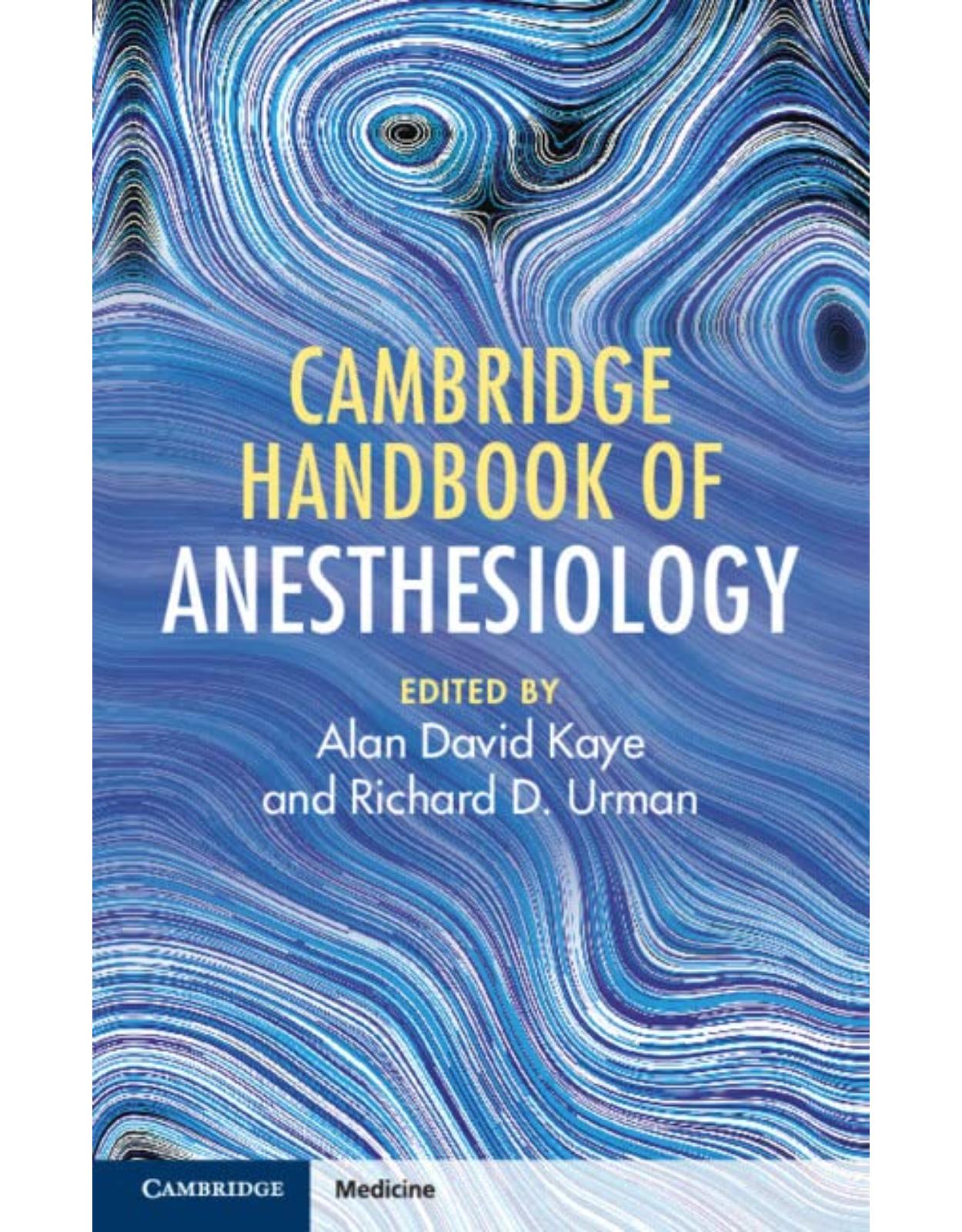
Cambridge Handbook of Anesthesiology
Livrare gratis la comenzi peste 500 RON. Pentru celelalte comenzi livrarea este 20 RON.
Disponibilitate: La comanda in aproximativ 4 saptamani
Editura: Cambridge University Press
Limba: Engleza
Nr. pagini: 496
Coperta: Paperback
Dimensiuni: 120 x 190 x 25 mm
An aparitie: 8 Jun. 2023
Description:
The recent advances in the clinical practice of anesthesiology have increased the need for a new state-of-the art anesthesia handbook for practicing anesthesiologists, trainees and students. This practical book provides a modern, clinically focused guide for any clinical question related to anesthesia care, presenting comprehensive, yet succinct knowledge from experts in the field. It describes the best practice in a concise yet easily digestible format and features numerous tables and figures, a bulleted points/outline format, and algorithms allowing for rapid assimilation of key information. New techniques and common procedures are also covered in detail. This up-to-date pocketbook is perfect for quick reference in the operating room, providing rapid access to evidence-based clinical content covering the full breadth of the field, including pediatric, obstetric, cardiac and regional anesthesia sections. In addition to daily clinical practice, the book serves also as a convenient companion for board review and recertification exam preparation.
Table of Contents:
Chapter 1 Preoperative Evaluation and Coexisting Disease
Preoperative Evaluation
Elements of Preoperative Evaluation
Medication Reconciliation
Risk Stratification
ASA Physical Status Classification
Cardiac
Pulmonary
Preoperative Optimization and Prehabilitation
Coexisting Disease
Cardiac
Ischemic Heart Disease
Hypertension
Bioprosthetic and Mechanical Heart Valves
Heart Failure
Pulmonary
Tobacco, Marijuana, and Vaping Use
Pulmonary Hypertension
Obstructive Sleep Apnea
Frailty
Malnutrition
Anemia
Cognitive Dysfunction
Diabetes
Chronic Kidney Disease
Summary and Conclusion
Review Questions
Answers
References
Chapter 2 Airway Management
Introduction
Airway Anatomy
Airway Assessment
Airway Assessment
Predictors of Difficult Intubation/Ventilation
Physiology of Airway Management
Preoxygenation
Apneic Preoxygenation
Airway Reflexes
Aspiration Risk and Ways to Minimize the Risk
Airway Management Techniques
Mask Ventilation
Supraglottic Airways
Endotracheal Intubation
Management of Difficult Airway
Difficult Airway Algorithm
Emergency Airway Procedures
Cricothyrotomy
Transtracheal Jet Ventilation
Extubation
Extubation Criteria and Considerations
Complications
References
Chapter 3 Anesthesia Equipment: Clinical Considerations
Introduction
Overview of Gas Flow from Pipeline and Cylinder Supply Gas Flow through the Anesthesia Workstation
Overview of Air and Oxygen Flush Flow
Overview of Volatile Anesthetic Gas Flow
Overview of Anesthetic Breathing System Gas Flow
Workstation Components
Gas Inlets and Safety Systems
Gauges and Sensors
Pressure Regulators
Oxygen Flush Valve
Pressure Sensors, Fail-Safe, and Alarms
Oxygen Ratio Proportioning Systems
Fresh Gas Controllers and Flowmeters
Workstation Ventilators: Bellows versus Piston
Vaporizers and Manifold
Common Gas Outlet and Check Valve
Waste Gas Scavenging
Electrical Systems
Gas Flow through the Anesthesia Machine
Delivery of Oxygen and Inhalational Agents to the Patient
Nitrous Oxide
Other Inhalational Agents/Medical Gases
Anesthesia Workstation Checkout
Comparison of Modern Anesthesia Workstations
Conclusion
References
Chapter 4 Patient Monitoring
Introduction
Standard Intraoperative Patient Monitoring
Pulse Oximetry
Blood Pressure Monitoring
Capnography, Gas Analysis, and End-Tidal Carbon Dioxide
Temperature Monitoring
Electrocardiography
Advanced Cardiovascular Monitoring Devices
Central Venous Pressure
Pulmonary Artery Catheter
Transthoracic and Transesophageal Echocardiography
Other Monitoring Devices
Point-of-Care Ultrasound (POCUS)
Urine Output
Neuromuscular Blockade Monitoring
Consciousness Monitoring
Neuromonitoring
Review Questions
Answers
Further Reading
Chapter 5 Inhalational Anesthetics
Introduction
History
Pharmacology
Pharmacodynamics
Pharmacokinetics
Nitrous Oxide (N2O)
Sevoflurane [CH2 F-O-CH(CF3)2]
Isoflurane (CHF2-O-CHCl-CF3)
Desflurane (CF2 H-O-CFH-CF3)
Adverse Reactions
Postoperative Nausea and Vomiting
Nitrous Oxide and Effects on Cavities
Unwanted Physiological Effects of Fluorinated Hydrocarbons
Malignant Hyperthermia
Nephrotoxicity and Hepatotoxicity
Carbon Monoxide Toxicity
Protective Effects of Inhaled Anesthetics
Monitoring of Depth of Anesthesia
Conclusion
References
Chapter 6 Intravenous Anesthetics and Adjunctive Agents
Introduction
Intravenous Anesthetic Agents
Novel Intravenous Agents
Adjuvant Agents
Incorporation of Intravenous Anesthetics in ERAS Protocols
Use of Total Intravenous Anesthetics
Advantages
Disadvantages
Conclusion
Review Questions
Answers
References
Chapter 7 Pharmacology of Local Anesthetics
Introduction
Basics of Local Anesthetics
Structure
Mechanism of Action
Nerve Fiber Sensitivity and Differential Blockade
Pharmacodynamics
Pharmacokinetics
Characteristics of Individual Local Anesthetic Agents
Cocaine
Procaine
2-Chloroprocaine
Benzocaine
Lidocaine
Mepivacaine
Bupivacaine
Ropivacaine
EMLA Cream
Complications Associated with Local Anesthetics
Cauda Equina Syndrome
Transient Neurologic Symptoms
Methemoglobinemia
Allergic Reactions
Local Anesthetic Systemic Toxicity
Conclusion
Further Reading
Chapter 8 Anesthesia Techniques: Mild, Moderate, and Deep Sedation in Clinical Practice
Background
Provider Roles
Drug Selection
Benzodiazepines
Propofol
Opioids
Dexmedetomidine
Ketamine
Nitrous Oxide
Preprocedure
History and Physical
ASA Physical Status
Fasting Guidelines
Preoperative Testing and Consultation
Monitoring and Equipment
Conclusion
References
Chapter 9 Anesthesia Techniques: General Anesthesia Techniques in Clinical Practice
Background
Preoperative Evaluation
Induction of Anesthesia
Inhalational Induction
Intravenous Induction
Airway Management
Mask Ventilation
Supraglottic Airways
Endotracheal Intubation
Maintenance of Anesthesia
Inhalational Anesthetics
Total Intravenous Anesthesia
Neuromuscular Blockers
Monitors
Oxygenation
Ventilation
Circulation
Temperature
Emergence
Conclusion
References
Chapter 10 Postanesthesia Care Unit
Introduction
Phases of Postoperative Care
ASA Standards for Postoperative Care
Transport and Delivery to the Postanesthesia Care Unit
Most Common Problems Encountered in the PACU
Discharge Criteria
References
Chapter 11a Regional Anesthesia: Blocks of the Upper and Lower Extremities
Introduction
Upper Extremity/Brachial Plexus Blocks
Interscalene
Supraclavicular
Axillary
Intercostobrachial
Lower Limbs
Femoral Nerve Block and Adductor Canal Block
Obturator Nerve Block
Sciatic Nerve Block
iPACK
Lateral Femoral Cutaneous Nerve Block
Pericapsular Nerve Group Block
Further Reading
Chapter 11b Regional Anesthesia: Chest and Abdominal Plane Blocks
Thoracic Plane Blocks
Intercostal Nerve Block
Pectoralis and Serratus Anterior Plane Blocks
Thoracic Paravertebral Block
Erector Spinae Plane Block
Abdominal Plane Blocks
Rectus Sheath Block
Transversus Abdominis Plane Block
Quadratus Lumborum Blocks
Review Questions
Answers
Further Reading
Chapter 12 Fluid and Electrolyte Balance
Introduction
Evaluation of Intravascular Volume
Physical Examination and Laboratory Markers for Fluid Status
Hemodynamic Measurements
Intravenous Fluids
Crystalloids
Colloids
Perioperative Fluid Replacement
Conventional Management
Goal-Directed Fluid Therapy
Perioperative Fluid Loss
Electrolyte Balance Management
Sodium Homeostasis
Hyponatremia
Hypernatremia
Potassium Homeostasis
Hypokalemia
Hyperkalemia
Calcium Homeostasis
Hypocalcemia
Hypercalcemia
Magnesium Homeostasis
Hypomagnesemia
Hypermagnesemia
Review Questions
Answers
Further Reading
Chapter 13 Blood Transfusion Components and Complications in Anesthesiology
Packed Red Blood Cells
Processing, Storage, and ABO Compatibility
Components
Clinical Application
Indications for Transfusion
Potential Complications
Fresh Frozen Plasma
Processing, Storage, and ABO Compatibility
Components
Clinical Application
Indications for Transfusion
Potential Complications
Platelets
Processing, Storage, and ABO Compatibility
Components
Clinical Application
Indications for Transfusion
Potential Complications
Cryoprecipitate
Processing, Storage, and ABO Compatibility
Components
Clinical Application
Indications for Transfusion
Potential Complications
Complications
Transfusion-Associated Circulatory Overload
Signs and Symptoms
Treatment
Further Workup
Transfusion-Related Acute Lung Injury
Signs and Symptoms
Treatment
Further Workup
Febrile Reactions
Signs and Symptoms
Treatment
Further Workup
Hemolytic Transfusion Reaction
Signs and Symptoms
Treatment
Further Workup
Allergic Reactions
Signs and Symptoms
Treatment
Further Workup
Sepsis
Signs and Symptoms
Treatment
Further Workup
References
Chapter 14 Cardiac Anesthesiology
Introduction
Preoperative Evaluation
Intraoperative Management
Monitoring
Induction of General Anesthesia
Access
General Precardiopulmonary Bypass Management
Anticoagulation
Management on Cardiopulmonary Bypass
Common Problems Immediately Postcardiopulmonary Bypass
Postoperative Management
Transport
Extubation
Surgery-Specific Considerations
Valve Replacement/Repair
“Off-Pump” Cases
Minimally Invasive Procedures
Aortic Arch Repairs
Septal Myectomy
Left Ventricular Assist Devices
Heart Transplantation
Pericardial Window or Resection of Anterior Mediastinal Mass
Catheter-Based Cardiac Procedures
Lead Extraction
References
Chapter 15 Vascular Anesthesia
Introduction
Preoperative Assessment and Risk Stratification
Carotid Endarterectomy
Abdominal Aortic Aneurysm
Hemodialysis Access
Surgery for Critical Limb Ischemia: Limb Salvage and Amputation
Review Questions
Answers
References
Chapter 16 Thoracic Anesthesia
Preoperative Evaluation and Optimization
Cardiac Risk Stratification
Assessment of Lung Resectability
Preoperative Optimization
Lung Isolation Techniques
Physiology of One-Lung Ventilation
Addressing Hypoxemia
Goal-Directed Fluid Management
Nonintubating Technique for Thoracic Surgical Procedures
Regional Techniques
Special Considerations in Surgical Procedures
Anterior Mediastinal Masses
Preoperative
Intubation, Sedation, and Positioning
Possible Complications: Cardiovascular Collapse
Pneumonectomy
Preoperative
Considerations
Extrapleural Pneumonectomy
Tracheal Sleeve Pneumonectomy/Carinal Pneumonectomy
Hemodynamic Management
Pain Management
Esophagectomy
Preoperative Assessment
Monitoring
Induction
Pain Management
Intraoperative Complications
Lung Transplantation
Induction
Intraoperative Management
Indications for Mediastinoscopy
Postoperative Analgesia
References
Chapter 17 Neuroanesthesia
Introduction
Neuroanatomy and Physiology
Monitoring – ASA Monitors, Neuromonitoring (EEG, ECoG, EMG, SSEP, MEP, BERA, VEP)
Effects of Anesthetic Agents on Neurophysiology
Inhalational Agents
Intravenous Anesthetic Agents
Opioids
Neuromuscular Blockers
Anesthetic Management of Acute Brain Trauma
Anesthetic Management for Intracranial Mass Surgery
Anesthetic Management of Vascular Malformations (Aneurysms, Arteriovenous Malformations): Interventional Neurosurgical Procedures
Anesthetic Management of Carotid Endarterectomy (Regional versus General Anesthesia)
Anesthetic Management of Sitting Position Neurosurgical Procedures
Anesthesia for Awake Craniotomy
Anesthetic Management of Spinal Cord Trauma
Anesthetic Management of Spine Surgery
Further Reading
Chapter 18 Renal Anesthesiology in Clinical Practice
Basic Renal Physiology
Juxtaglomerular Complex
Renal Blood Supply
Renal Blood Flow
Regulation of Renal Blood Flow
Autonomic Autoregulation
Hormonal Regulation via Natriuretic Peptides
Glomerular Filtration Rate and Creatinine Clearance
Creatinine Clearance (Urine Creatinine × Urine Flow Rate/Serum Creatinine)
Anesthesia for Kidney Transplant
Regional Anesthesiology for End-Stage Renal Disease and Chronic Kidney Disease
Perioperative Management in Clinical Renal Conditions
End-Stage Renal Disease
Nephrectomy
Bladder
Prostate/Transurethral Resection of the Prostate
Nephrolithiasis
Renal Effects of Anesthetic Drugs
Induction Drugs
Propofol
Etomidate
Dexmedetomidine
Ketamine
Benzodiazepines
Opioids
Fentanyl, Alfentanil, and Sufentanil
Remifentanil
Morphine, Codeine, and Hydrocodone
Meperidine
Volatile Anesthetics
Neuromuscular Blocking Agents
Succinylcholine
Atracurium and Cisatracurium
Rocuronium and Vecuronium
Pancuronium
Reversal Medications
Neostigmine
Sugammadex
References
Chapter 19 Anesthesia for General Surgical Procedures
Introduction
Laparoscopic General Surgery
Robotic General Surgery
Esophageal Surgery
Stomach Surgery
Intestinal and Peritoneal Surgery
Colorectal Surgery
Further Reading
Chapter 20 Anesthesia for Endocrine Diseases
Introduction
Hypothalamus/Posterior Pituitary
Syndrome of Inappropriate Diuretic Hormone
Cerebral Salt Wasting
Diabetes Insipidus
Thyroid: Pathophysiology, Differential Diagnosis, Treatment, and Perioperative Management
Hypothyroidism
Etiology
Clinical Manifestations
Management
Myxedema Coma and Glucocorticoid Replacement
Anesthetic Considerations in Hypothyroidism
Preoperative
Intraoperative
Postoperative
Pathophysiology
Cardiovascular
Respiratory
Metabolic
Hyperthyroidism
Etiology
Clinical Manifestations
Management of Thyroid Storm
Anesthetic Considerations in Hyperthyroidism
Preoperative
Intraoperative
Postoperative
Pathophysiology
Cardiovascular
Respiratory
Metabolic
Complications of Thyroid Surgery
Parathyroid: Hyperparathyroidism versus Hypoparathyroidism – Pathophysiology, Signs and Symptoms, Differential Diagnosis, and Management
Hyperparathyroidism
Management and Treatment
Anesthetic Considerations for Hyperparathyroidism
Hypoparathyroidism
Anesthetic Considerations for Hypoparathyroidism
Endocrine Pancreas: Diabetes – Pathophysiology, Signs and Symptoms, Differential Diagnosis, Treatment, and Management Perioperatively
Endocrine Pancreas
Pathophysiology
Signs and Symptoms
Differential Diagnosis
Treatment
Diabetic Autonomic Dysfunction
Perioperative Management
Diabetic Crises
Glucagonoma
Adrenal Glands: Role, Addison’s/Hypocortisolism – Pathophysiology, Primary versus Secondary, Signs and Symptoms, Differential Diagnosis, and Management
Adrenal Glands
Adrenal Insufficiency
Anesthetic Management
Ovaries and Testes
Polycystic Ovarian Syndrome
Functional Neuroendocrine Pathophysiology – Pheochromocytoma/Paragangliomas
Background
Signs, Symptoms, and Diagnosis
Preoperative Management
Intraoperative Management
Postoperative Management
Gastrointestinal: Carcinoid Syndrome/Carcinoid Tumors – Pathophysiology, Signs and Symptoms, Differential Diagnosis, and Management
Carcinoid Tumors
Preoperative Management
Intraoperative Considerations
Conclusion
References
Chapter 21 Anesthesia for Neuromuscular and Collagen Vascular Diseases
Introduction
Neuromuscular Diseases
Myasthenia Gravis
Anesthetic Considerations
Lambert–Eaton (Myasthenic) Syndrome
Anesthetic Considerations
Guillain–Barré Syndrome
Anesthetic Considerations
Muscular Dystrophies and Congenital Myopathies
Anesthetic Considerations
Mitochondrial Myopathies
Collagen Vascular Diseases
Rheumatoid Arthritis and Juvenile Idiopathic Arthritis
Anesthetic Considerations
Systemic Lupus Erythematosus
Anesthetic Considerations
Systemic Sclerosis (Scleroderma)
Anesthetic Considerations
Dermatomyositis and Polymyositis
Anesthetic Considerations
References
Chapter 22 Anesthesia for Ocular, Ear, and Throat Diseases
Ocular
Factors that Influence Intraocular Pressure
Choosing Pharmacologic Agents
Ophthalmologic Drugs
Regional Anesthesia
Benefits/Drawbacks
Types of Blocks
Oculocardiac Reflex
Postoperative Eye Injuries
Painful
Painless
Surgeries
Strabismus Surgery
Cataract Extraction
Trabeculectomy
Retina Surgery
Ear, Nose, and Throat
Choosing Pharmacologic Agents
Difficult Airway
Shared Airway
Laser Surgery
Complications
Airway Fire
Laryngospasm
Negative Pressure Pulmonary Edema
Surgeries
Tonsillectomy and Adenoidectomy
Bronchoscopy
Direct Laryngoscopy
Ear Surgery
Laryngectomy/Neck Dissection
Obstructive Sleep Apnea Surgery
Surgical Airways – Cricothyrotomy and Tracheostomy
Cricothyrotomy
Tracheostomy
References
Chapter 23 Orthopedic Anesthesia
Upper Extremity
Shoulder and Proximal Upper Extremity Procedures
Distal Upper Extremity Procedures
Lower Extremity
Chest
Pelvis
References
Chapter 24 Obstetric and Gynecologic Anesthesia
Physiologic Changes of Pregnancy
Neurologic System
Cardiovascular System
Airway and Respiratory System
Hematologic System
Gastrointestinal System
Stages of Labor and Anatomy of Labor Pain
Methods of Labor Analgesia
Pharmacologic
Regional Techniques
Lumbar Epidural Analgesia
Spinal Analgesia
Continuous Spinal Analgesia
Combined Spinal/Epidural
Other Regional Techniques
Paracervical, Lumbar Sympathetic, and Pudendal Nerve Blocks
Paracervical Block
Lumbar Sympathetic Block
Pudendal Block
Anesthesia for Cesarean Delivery
Neuraxial Anesthesia
Spinal Anesthesia
Epidural Anesthesia
Combined Spinal/Epidural
General Anesthesia for Cesarean Delivery
Complications of Neuraxial Anesthesia
Pruritus
Nausea and Vomiting
Hypotension
Postdural Puncture Headache
Neuraxial Hematoma
Neuraxial Infection
Total Spinal Anesthesia
Intravascular Injection of Local Anesthetic
Management of High-Risk Parturients
Hypertensive Disorders in Pregnancy
Anesthetic Management of the Preeclamptic Patient
Obstetric Hemorrhage
Antepartum Hemorrhage
Placenta Previa
Abruptio Placentae
Postpartum Hemorrhage
Obesity
Review Questions
Answers
Further Reading
Chapter 25 Pediatric Anesthesia
Introduction
Anatomy
Head and Neck
Physiology
Respiratory
Cardiovascular
Renal
Hepatic
Hematologic
Central Nervous System
Glucose Regulation
Thermoregulation
Pharmacokinetics
Absorption
Distribution
Metabolism
Excretion
Infection Prevention
Perioperative Anesthesia
Preoperative
Intraoperative
Postoperative
Conclusion
References
Chapter 26 Geriatric Anesthesia
Introduction
Age-Related Physiological Changes
Nervous System
Cardiovascular System
Pulmonary System
Renal System
Gastrointestinal and Hepatic System
Age-Related Pharmacological Changes
Preoperative Assessment
Cognitive Function Evaluation
Medication Evaluation
Institutionalized Patient Evaluation
Intraoperative Management
Anesthetic Mode
Fluid Management
Temperature Management
Positioning
Postoperative Management
Postoperative Delirium
Pulmonary Complications
Postoperative Nausea and Vomiting
Urinary Tract Infection
Postoperative Pain Management
Future Direction of Geriatric Anesthesia
Acknowledgments
Review Questions
Answers
Further Reading
Chapter 27 Anesthesia for Ambulatory Surgical Procedures
Anesthesia for Ambulatory Surgery
Preoperative Care
Patient Selection
Preoperative Assessment
Anesthesia Management
Postoperative Care
Human Resources Management in Ambulatory Surgery Centers
Sexual Harassment
Workplace Diversity and Cultural Competence
Privileging and Credentialing
Further Reading
References
Chapter 28 Chronic Pain Medicine
Epidemiology, Patient History, and Physical Examination
Laboratory Testing, Imaging, and Diagnoses
Basic Pain Procedures
Advanced Pain Procedures
References
Chapter 29 Acute Pain Management
Introduction
Anesthetics, Analgesics, and Adjuvants
Local Anesthetics
Opiates
Nonsteroidal Antiinflammatory Agents
Adjunct Medications
Alpha-2 Agonists
Epinephrine
Steroids
Gabapentinoids
Selective Norepinephrine Reuptake Inhibitors
Tricyclic Antidepressants
Magnesium
Capsaicin
Interventional Procedures
Peripheral Nerve Blocks
Neuraxial Interventional Techniques
Conclusion
Further Reading
Chapter 30 Anesthetic Emergencies
Introduction to the Emergent Patient
Advanced Cardiovascular Life Support
Circulation, Airway, and Breathing
Extracorporeal Cardiopulmonary Resuscitation
Intraoperative Emergencies Related to Anesthesia Practice
Hypovolemia
Hemorrhage
Hypoxia
“H+” Acidosis
Tension Pneumothorax
“Thrombosis”/Embolism
Acute Coronary Syndrome
“Toxin”
Local Anesthetic Systemic Toxicity
Tamponade
Summary
Review Questions
Answers
References
Chapter 31 Trauma Anesthesia
Trauma Patient Evaluation
Hemostasis and the Coagulation Cascade
Coagulopathy in Trauma
Hypercoagulability of Trauma
Anticoagulation
TEG and ROTEM
Reversal of Anticoagulation
Transfusion in Trauma
References
Chapter 32 Perioperative Cognitive Disorders
Abnormal Cognitive Aging
Considering Abnormal Cognitive Aging Profiles in Preoperative Settings
Identifying Characteristics of Preoperative Cognitive Disorders
Labeling Postoperative Cognitive Disorders
Multidisciplinary Consideration for Identification of Perioperative Cognitive Disorder and Care
Future Directions for Perioperative Cognitive Disorders
References
Chapter 33 Acute Pain Management in the ICU
Introduction
Regional Anesthesia
Peripheral Nerve Blocks
Neuraxial Analgesia
Analgesics
Opiates
Nonsteroidal Antiinflammatory Agents
Adjuvants
Dexmedetomidine
Lidocaine
Ketamine
Further Reading
Chapter 34 Infection Control for the Anesthesia Provider
Introduction
Standard Precautions
Transmission-Based Precautions
Standard
Airborne
Droplet
Contact
Hand Hygiene
Cleaning/Disinfection
Airway Management
Medication Handling
Invasive Procedures
Skin Preparation
Regional Anesthesia
Peripheral Intravenous Access, Arterial Vascular Access, and Central Venous Catheter
Peripheral Intravenous Access
Arterial Line
Central Venous Catheter/Peripherally Inserted Central Catheter (PICC)/Swan–Ganz
Other Measures
Monitoring
COVID-19
Personal Protective Equipment
Anesthetic Management of COVID-19-Positive Patients
Transport of COVID-19-Positive Patients and Patients under Investigation (PUIs)
COVID-19-Positive and PUI Obstetric Patients
References
Chapter 35 Coagulation
Introduction
Preoperative Management of Antiplatelets and Anticoagulants
Laboratory Testing
Intraoperative Management
Postoperative Management of Coagulopathy
Common Bleeding Disorders
Common Clotting Disorders
Anticoagulation in the Perioperative Period
References
Index
| An aparitie | 8 Jun. 2023 |
| Autor | Alan David Kaye, Richard D. Urman |
| Dimensiuni | 120 x 190 x 25 mm |
| Editura | Cambridge University Press |
| Format | Paperback |
| ISBN | 9781108947657 |
| Limba | Engleza |
| Nr pag | 496 |

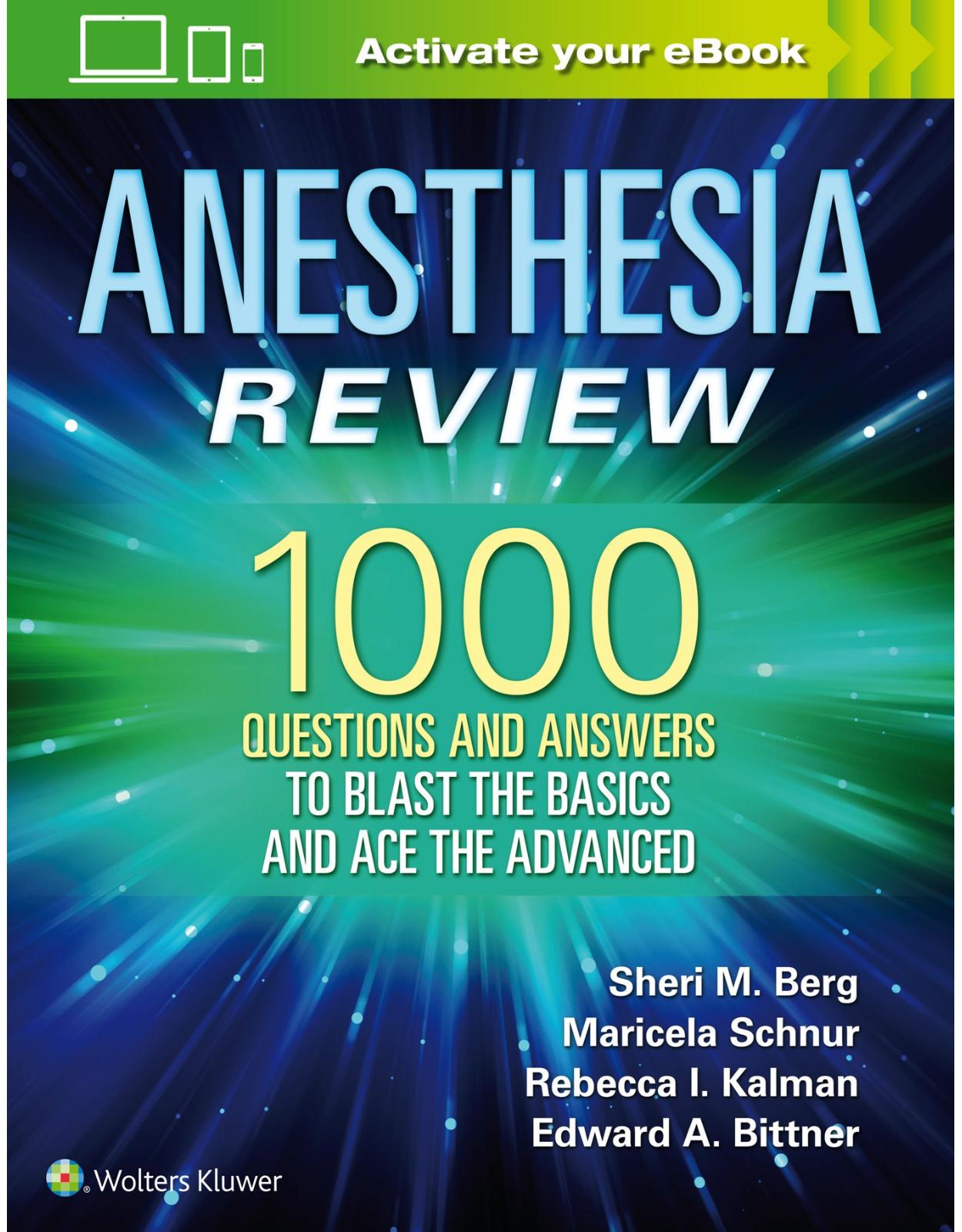
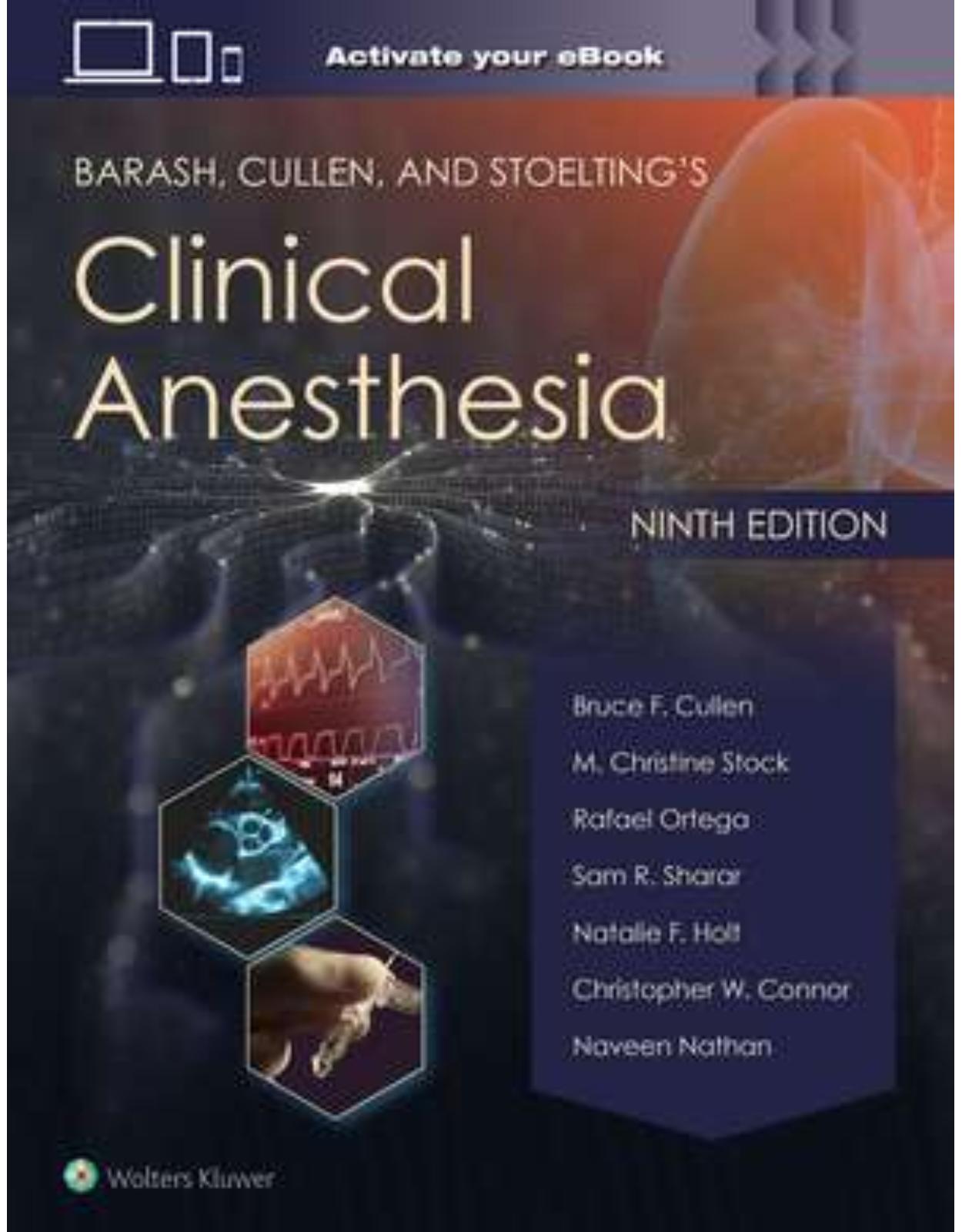
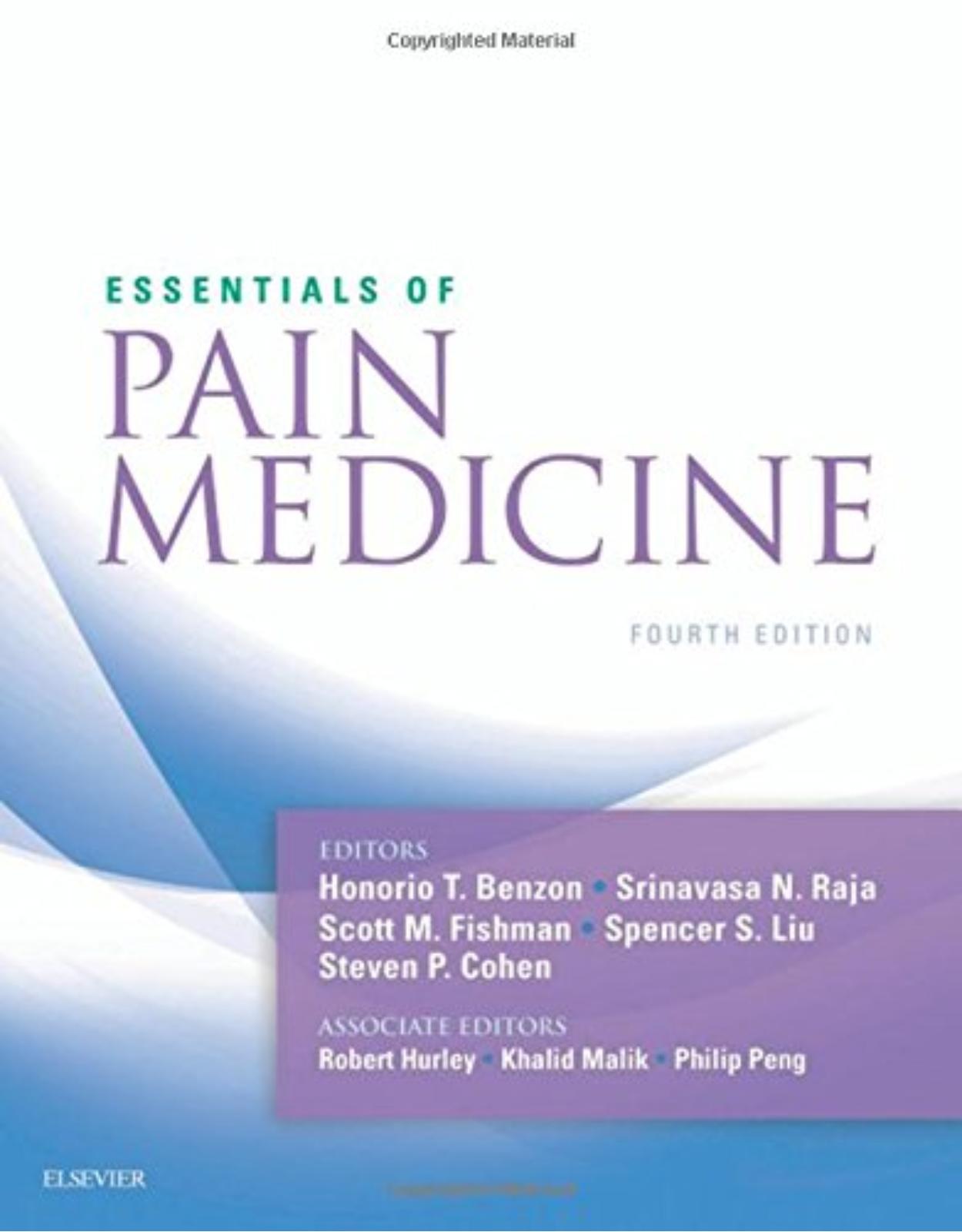
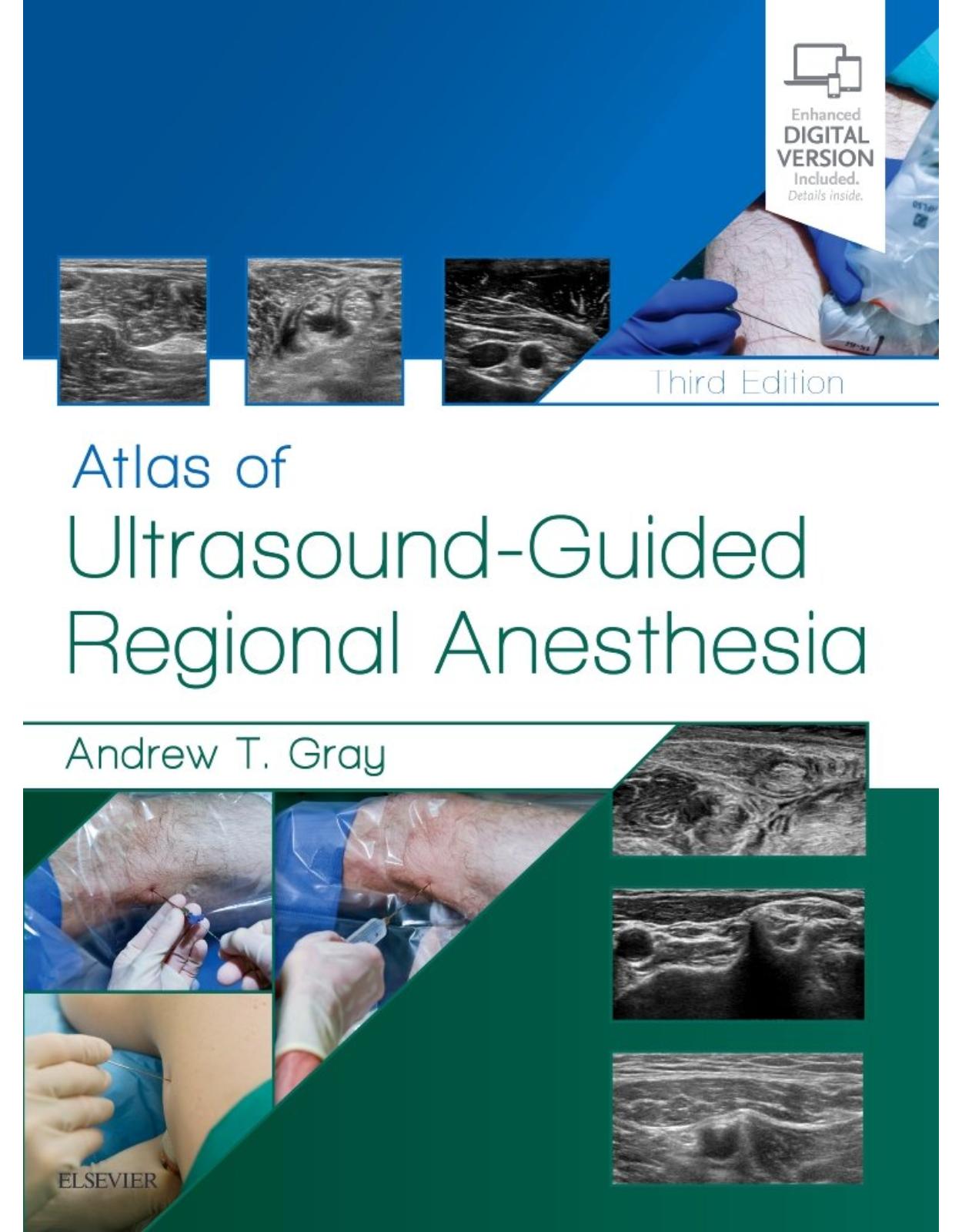
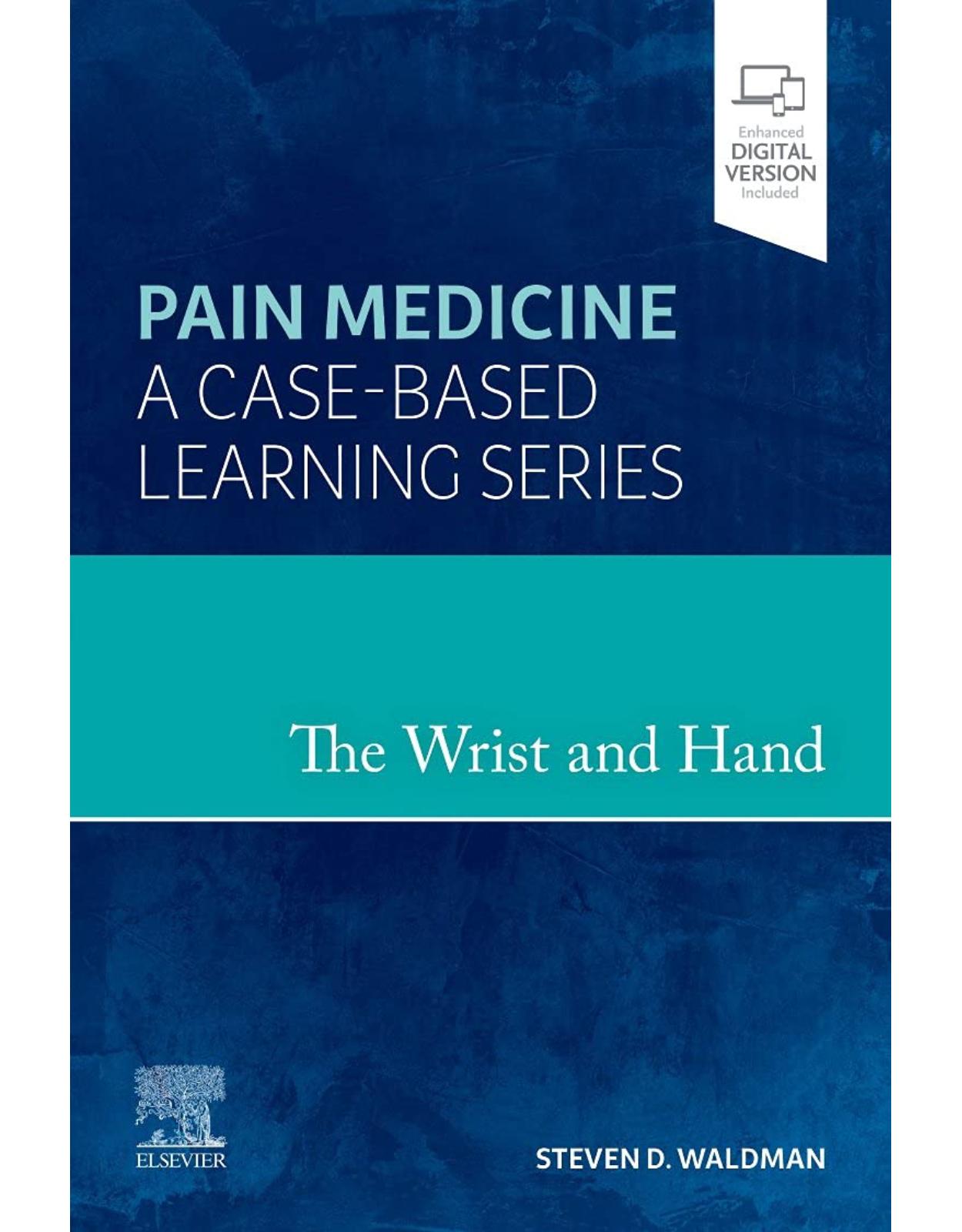

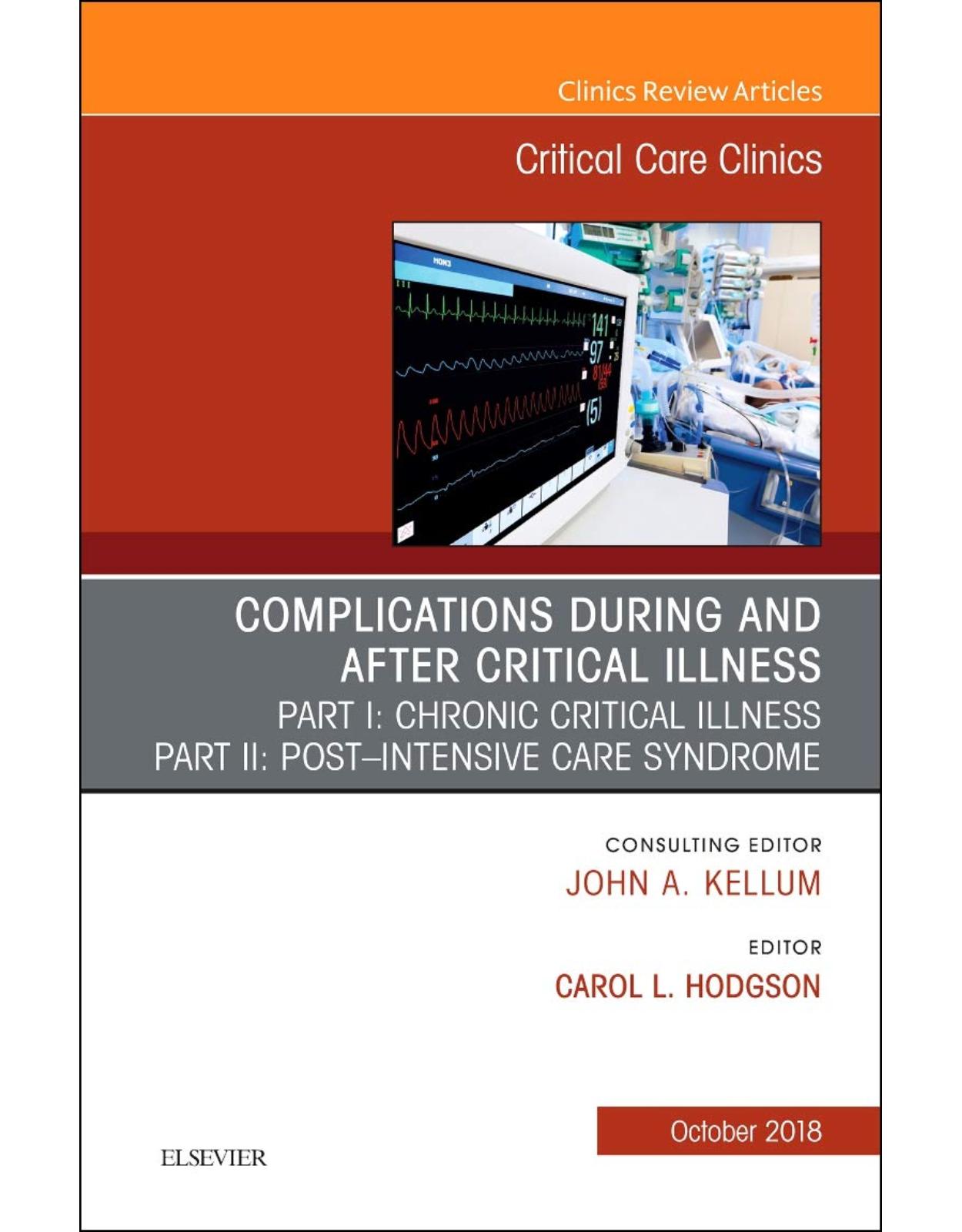
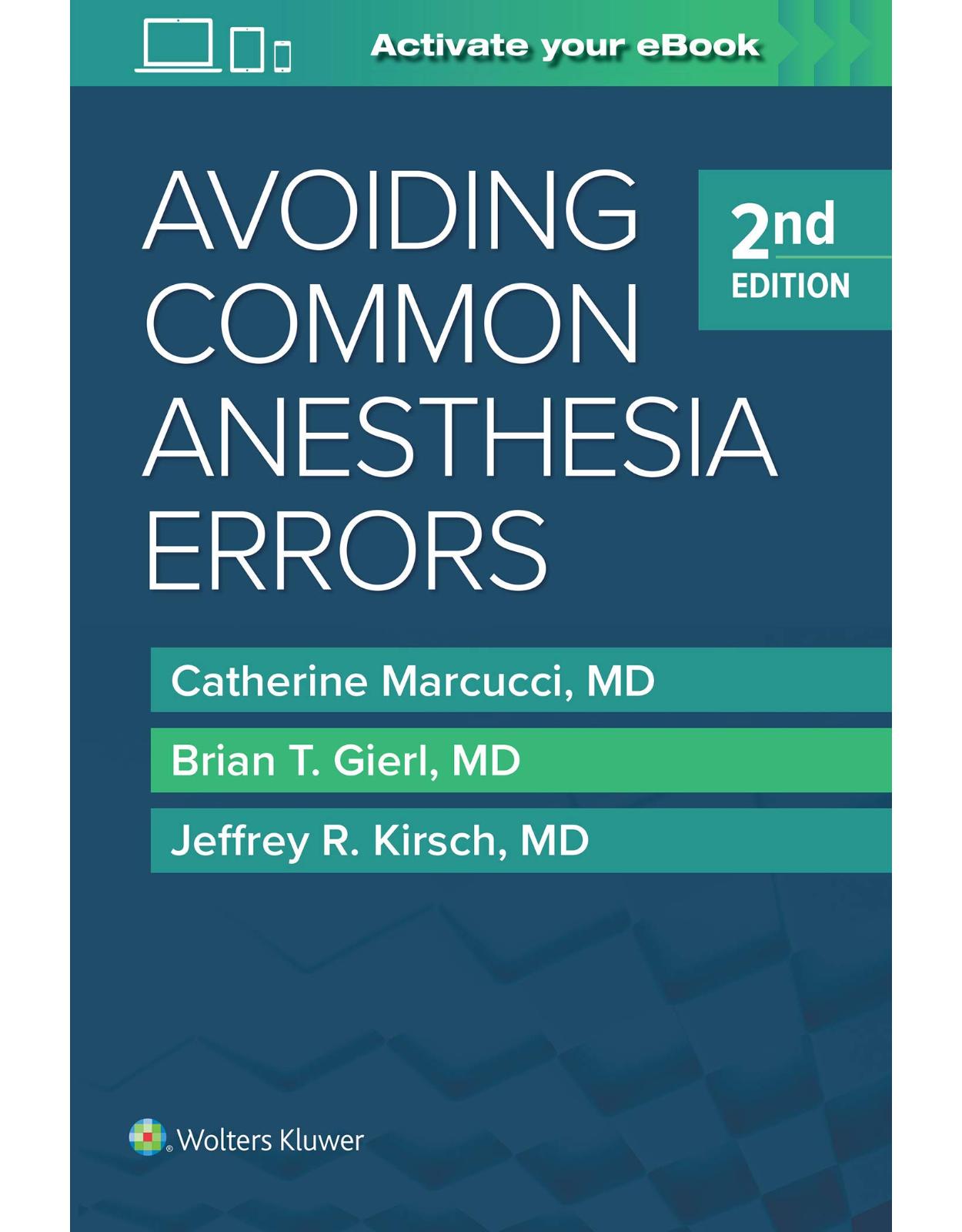
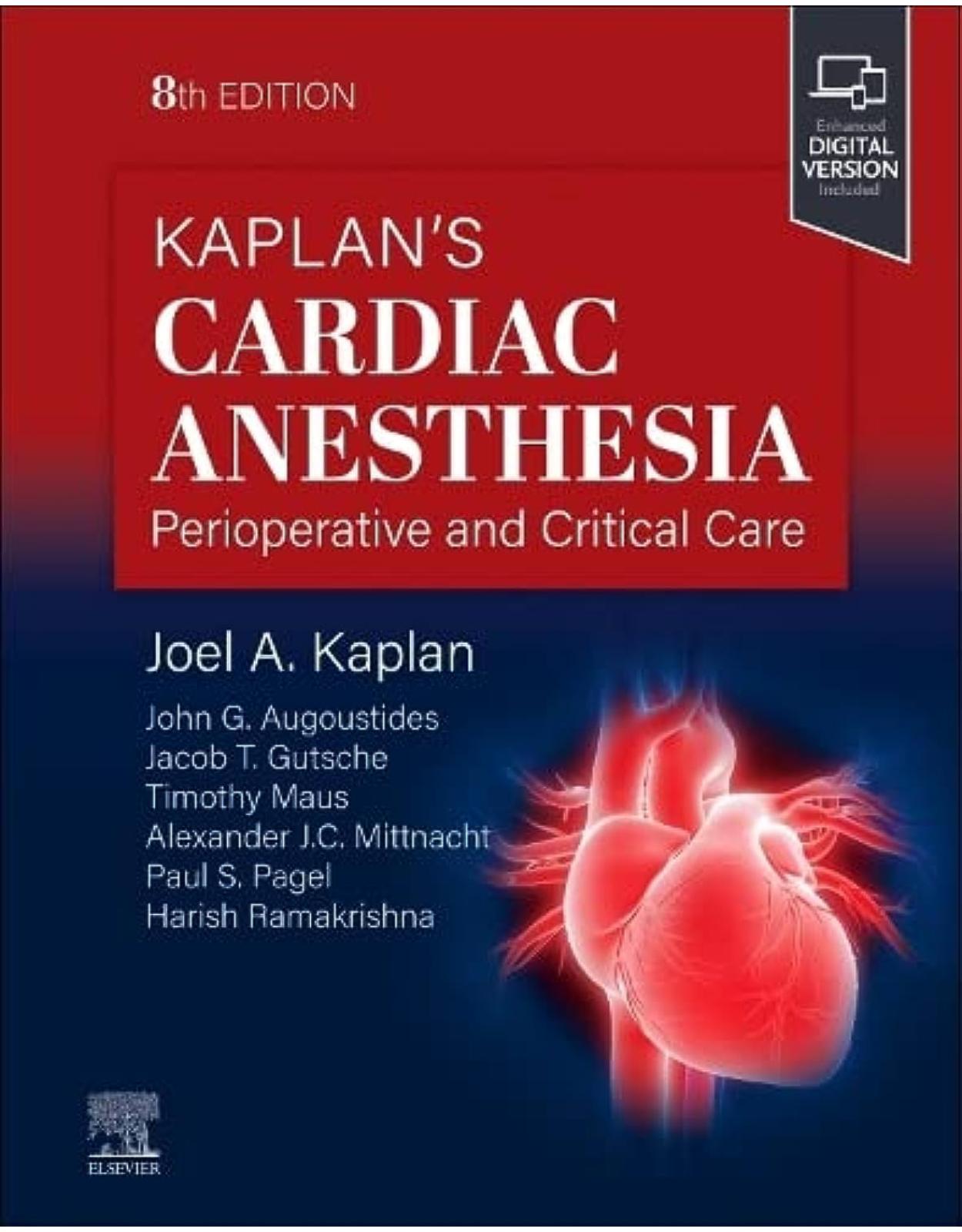
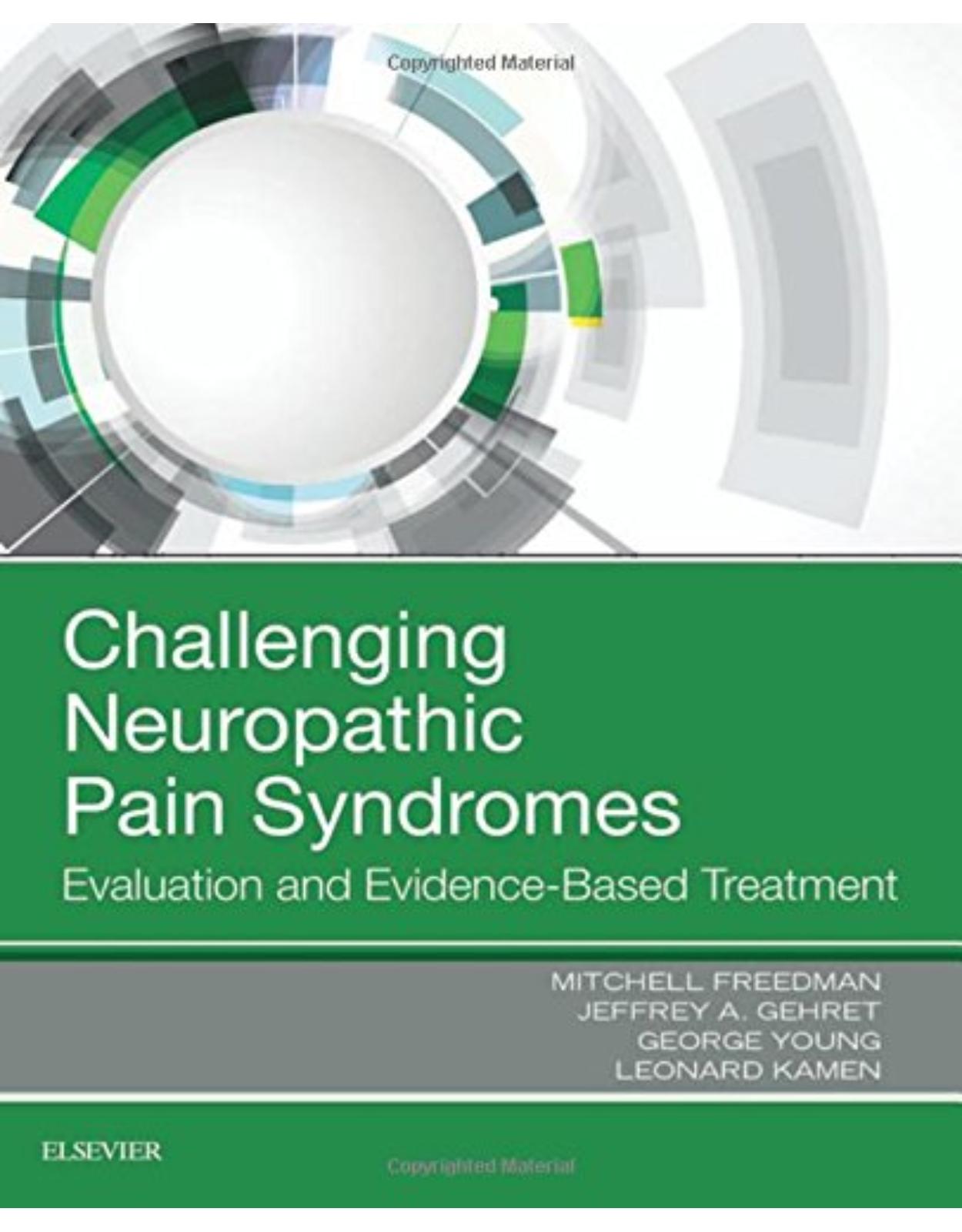
Clientii ebookshop.ro nu au adaugat inca opinii pentru acest produs. Fii primul care adauga o parere, folosind formularul de mai jos.